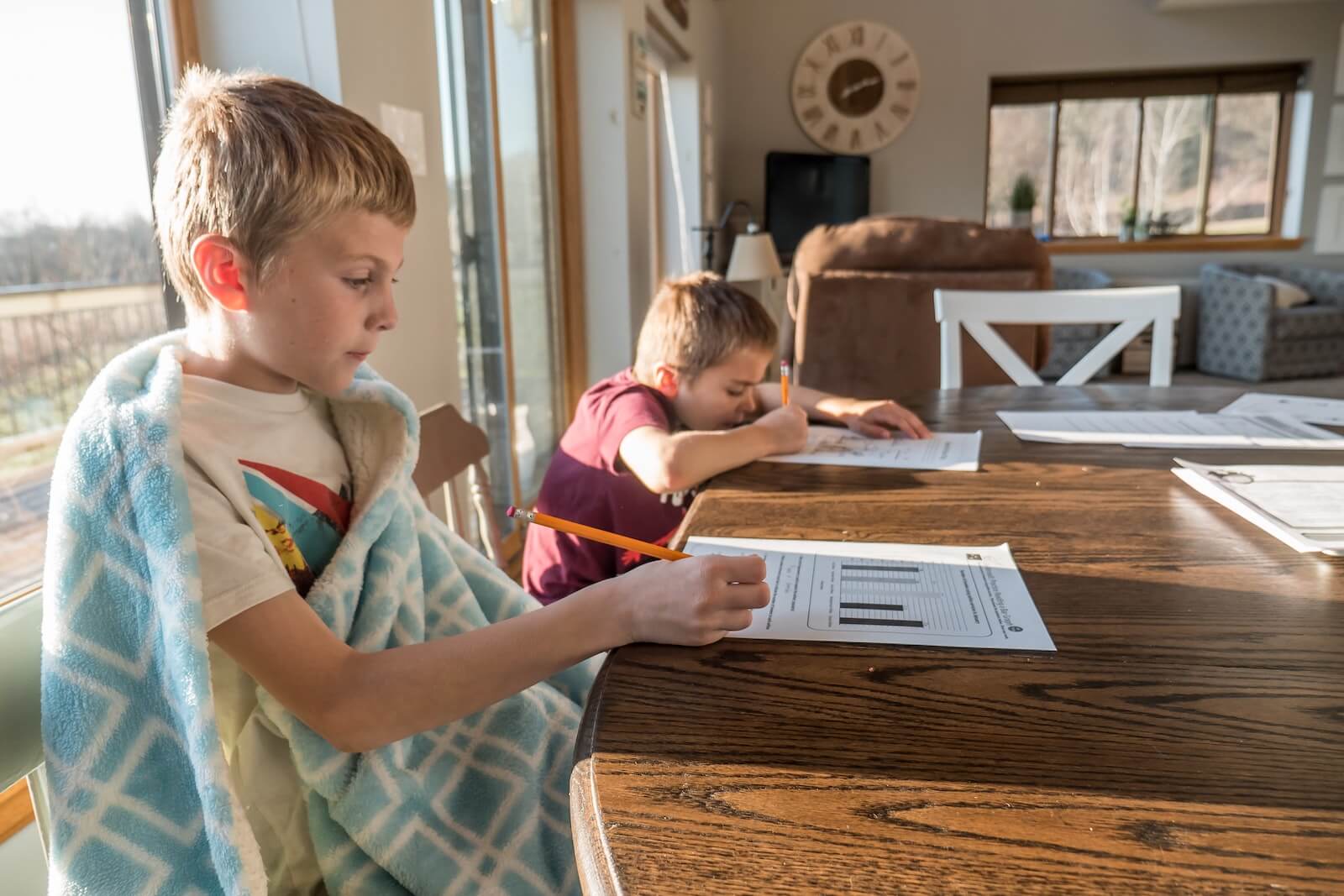School vs Home Behavior: Why Are They Different?
It's common for children's behavior to vary in different environments and between different people. This is particularly noticeable between school and home for children with developmental disabilities, ADHD, hearing loss, autism spectrum disorder, emotional dysregulation, anxiety, and social difficulties.
Some children show the ability to regulate well at school, and will use a significant amount of their energy to follow directions, play appropriately with classmates, and follow along academically. Once children arrive home however, their behavior may be difficult for caregivers to manage.
For example, a child with generalized anxiety may use a significant amount of effort to stay focused and complete work during school. When this child leaves school, they feel mentally overloaded and may need a quiet space or creative activity to regulate and release stress.
Children might also have difficulties and/or intense emotional reactions when asked to complete a task at home, especially if they are still triggered from their school day.
Examples of difficult after school tasks may include:
- Bathing
- Eating meals
- Cleaning up toys
- Homework
- Getting along with siblings
Similarly, some children may experience more difficulties from the rigors and pace at school, whereas they feel more comfortable at home.
It's important to note that home and school environments are typically structured very differently, which can be difficult for some children to navigate.
How Do I Encourage My Child To Behave?
1. Consult with caregivers, teachers, and family members.
In order to understand the underlying meaning of your child's behavior, you should talk with their teachers to problem solve and compare observations. This may reveal a pattern that explains their actions and help you identify what is causing stress for your child. It may also help to identify other underlying issues that require more support.
2. Be mindful of your child's surroundings and exposures.
Take time to observe how your child responds to specific stimuli and how they feel after different experiences. Hours and hours of screen time will wire the brain in certain ways (for example, violent and aggressive shows and games).
When possible, eliminate negative exposures and replace them with experiences that promote healthy development. Remember, children need a variety of sensory experiences to stimulate their whole brain. Try introducing crafts, board games, movement with friends and family, or learning an instrument. Do your best to surround your child with caring and loving supporters who will uplift your child's well-being.
You can directly shape the unfolding growth of your child's brain according to what experiences you offer.
Siegel, D. J., & Bryson, P. H. D. T. P. (2012). The Whole-Brain Child.
3. Point out the positive.
It's easy to focus on negative behaviors in order to manage them, but this may increase your child's dysregulated behaviors. Notice the positive traits in your child and others around you to reinforce your child's strengths.
For example, instead of saying, “You need to be nice,” consider highlighting what your child did well: “You introduced yourself to the new student and made her feel so welcome, that warmed my heart.” This positive reinforcement is important for your child's self-esteem.
4. Find time to talk about it.
Parents who talk with their children about their experiences and their feelings tend to develop good emotional intelligence and can understand their own feelings in relation to events that take place. As your child open-ended, non-judgmental questions to get more insight into their world.
- “What did you learn after that experience?”
- “How are you feeling now?”
- “Why do you think that happened?”
Be fully present with your child during these times and meet your child where they are at the moment.
5. Be a role model.
Use everyday moments to influence your child's growth. You are your child's primary teacher and development facilitator and they are learning from you all the time. Show your children and others around you kindness and compassion during daily interactions. And don't forget to be kind to yourself too.
For example, “I had a very busy day and I need to listen to some music to help me calm down and transition into dinner time.”
“Behaviors vary across environments and contexts because there are often different contingencies at work that are specific to those situations. Providing children with access to the resources that they need to be successful in different settings can help to mitigate some of the behavioral contrast that occurs.”— Michelle Zube, BCBA and HYM Behavioral Therapy Lead.
If you feel there is a deeper underlying issue driving differences in behavior, your concerns may be valid. Reach out to your child's health care provider and consider consulting a counselor or mental health therapist.
